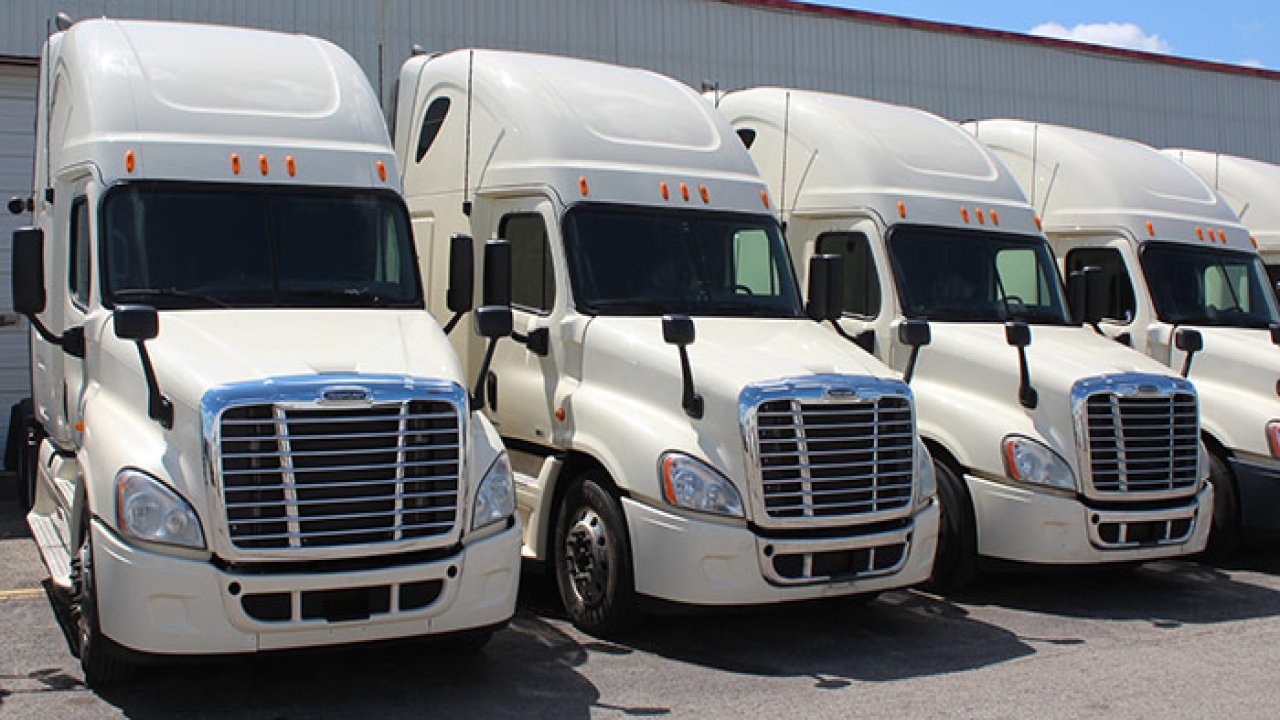
[BACK]
New Truck Fleet Technology

There were several emerging technologies and trends in the realm of truck fleet management and operation.
Electric Trucks: Electric trucks were gaining popularity as advancements in battery technology allowed for longer ranges and faster charging times. Companies like Tesla, Nikola, and Rivian were developing electric trucks aimed at reducing emissions and operating costs.
Autonomous Driving: Autonomous driving technology was being developed for trucks, promising increased safety, efficiency, and reduced labor costs. Companies like Waymo, Uber Freight, and TuSimple were testing autonomous trucks in various environments.
Telematics and Fleet Management Software: Advanced telematics systems and fleet management software were becoming more sophisticated, providing fleet managers with real-time data on vehicle location, fuel consumption, driver behavior, and maintenance needs. These systems helped optimize routes, reduce idle time, and improve overall efficiency.
Predictive Maintenance: Predictive maintenance systems were being adopted to reduce downtime and maintenance costs by using data analytics to predict when components are likely to fail and scheduling maintenance proactively.
Alternative Fuels: Besides electric trucks, there was growing interest in alternative fuels such as hydrogen fuel cells, compressed natural gas (CNG), and renewable diesel. These fuels offered potential reductions in emissions and dependency on fossil fuels.
Blockchain for Supply Chain Management: Blockchain technology was being explored for improving transparency and security in supply chains. By creating a tamper-proof ledger of transactions, blockchain could help verify the authenticity of goods, streamline paperwork, and enhance traceability.
Trailer Tracking and Monitoring: Advanced tracking and monitoring systems for trailers were being developed, allowing fleet managers to track the location, condition, and contents of trailers in real-time. This helped prevent theft, optimize trailer utilization, and improve overall logistics efficiency.
Electric Charging Infrastructure: With the rise of electric trucks, there was a growing need for charging infrastructure. Companies were investing in building out charging networks along major trucking routes to support the adoption of electric vehicles.
Driver Assistance Systems: Advanced driver assistance systems (ADAS) were being integrated into trucks to improve safety and reduce accidents. These systems included features such as lane-keeping assistance, adaptive cruise control, and collision avoidance technology.
Collaborative Logistics Platforms: Collaborative logistics platforms were emerging, allowing multiple shippers to share truck space and optimize routes, reducing empty miles and carbon emissions.
We engaged Geosoft in mid-2023 as they have a reputation for API integration within the Telematics s . . . [MORE].

We all have been VERY pleased with John's vigilance in monitoring our system and his quick and . . . [MORE].

FIVE STARS + It's true, this is the place to go for your GeoTab needs. In my case, Justin fixed . . . [MORE].

We were in desperate need of help because our former GeoTab Development agency left us hanging with . . . [MORE].

Just to say thank you for all the hard work. I can't express enough how great it's been to . . . [MORE].

Fleet tracking is an essential tool for businesses that manage a fleet of vehicles, offering a range of benefits that enhance performance and efficiency. Here’s a detailed look at how fleet trac
"Technical Fleet Navigation" can refer to various aspects of managing and directing a fleet of vehicles or vessels, including logistical planning, route optimization, tracking, and ensuring
Fleet dispatch innovations involve the use of advanced technologies and methods to optimize the management and operation of vehicle fleets. Key innovations include: Telematics Systems: These